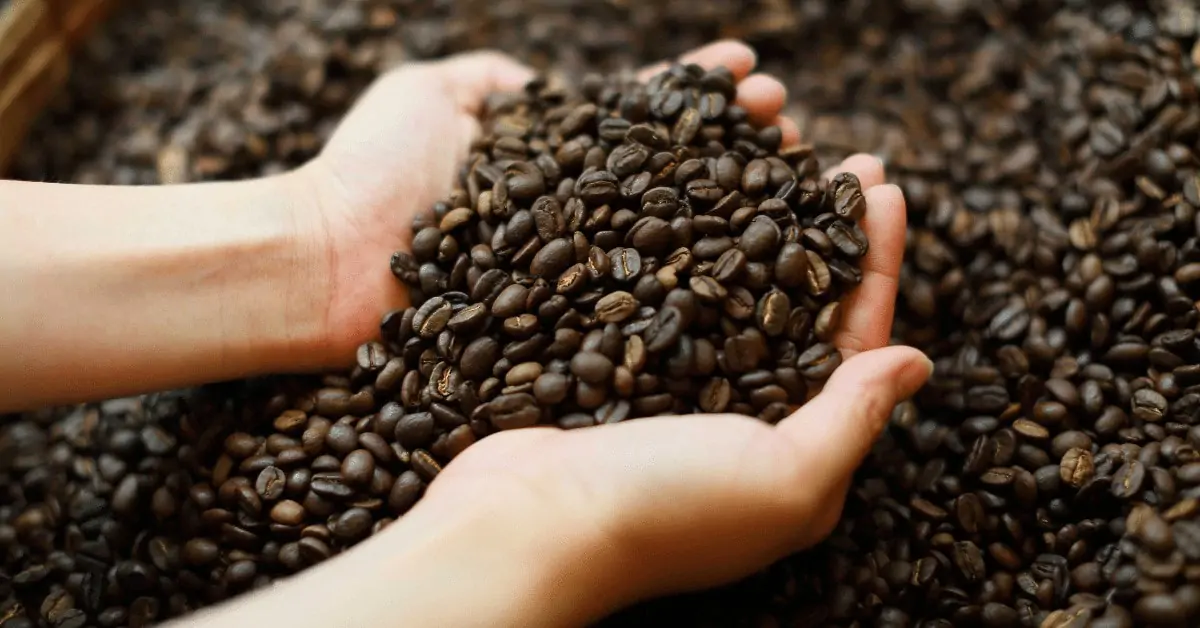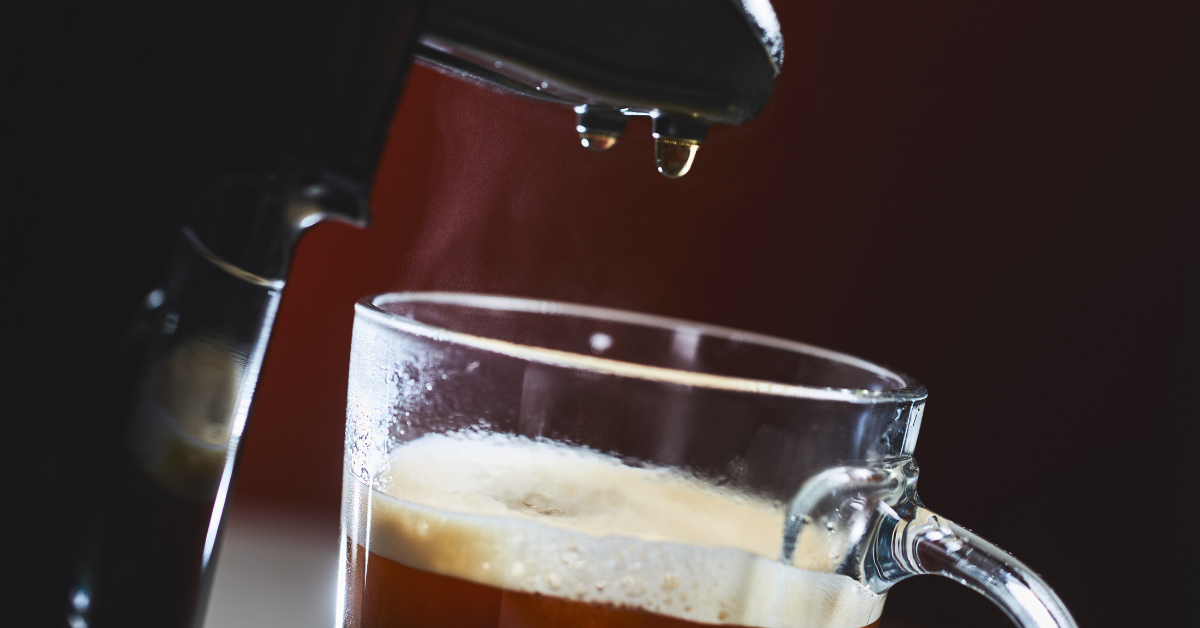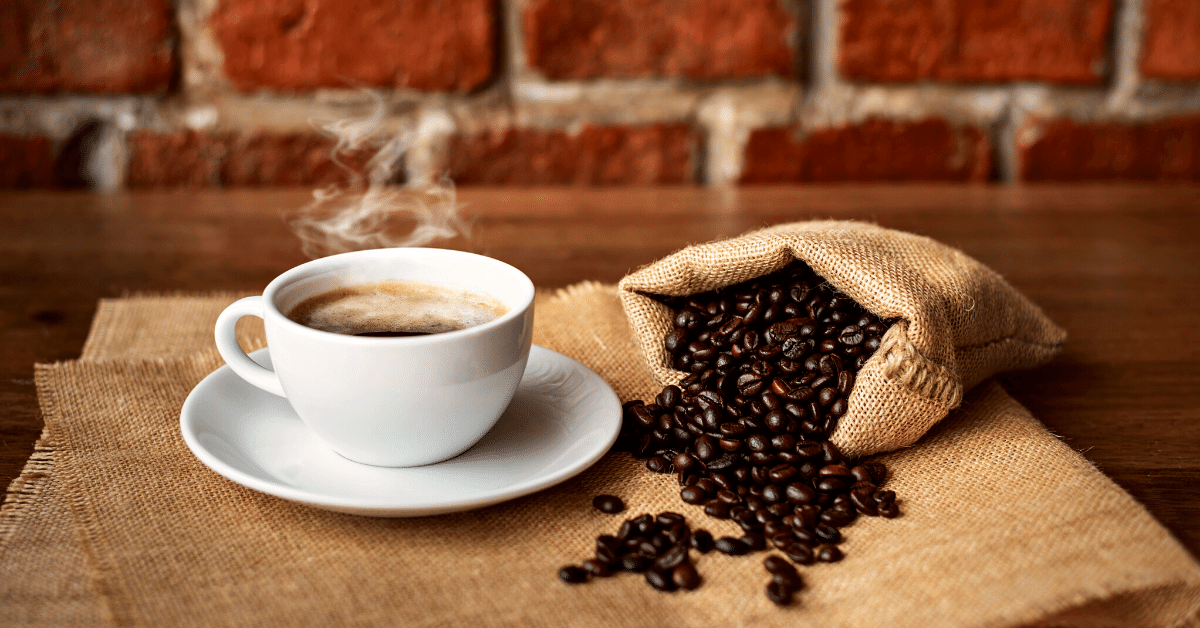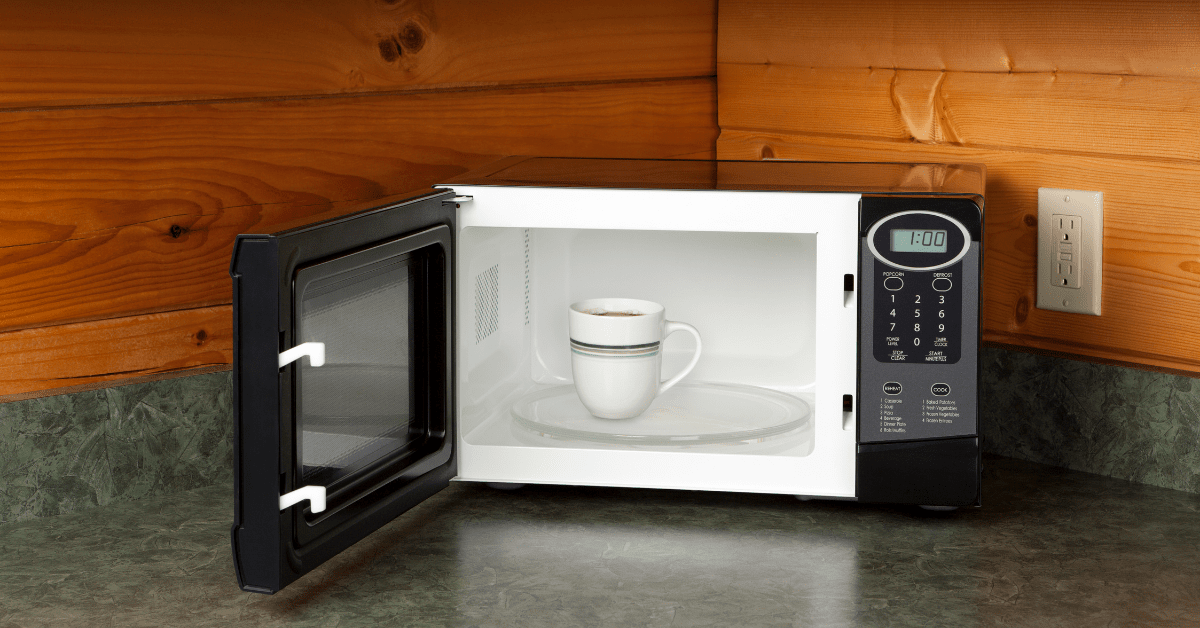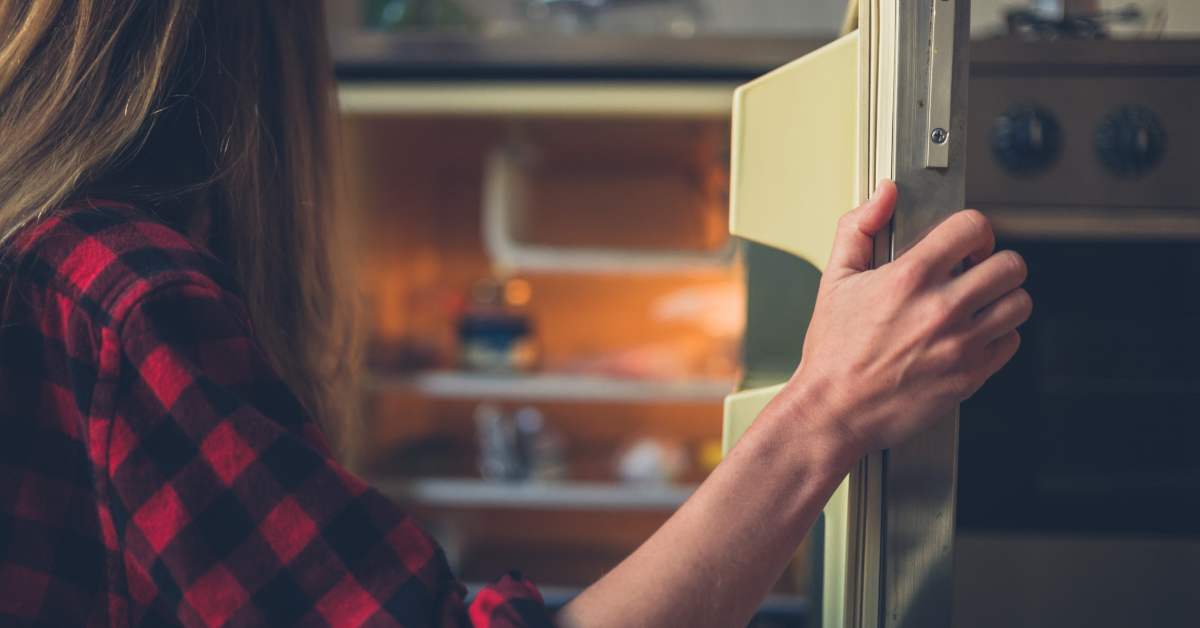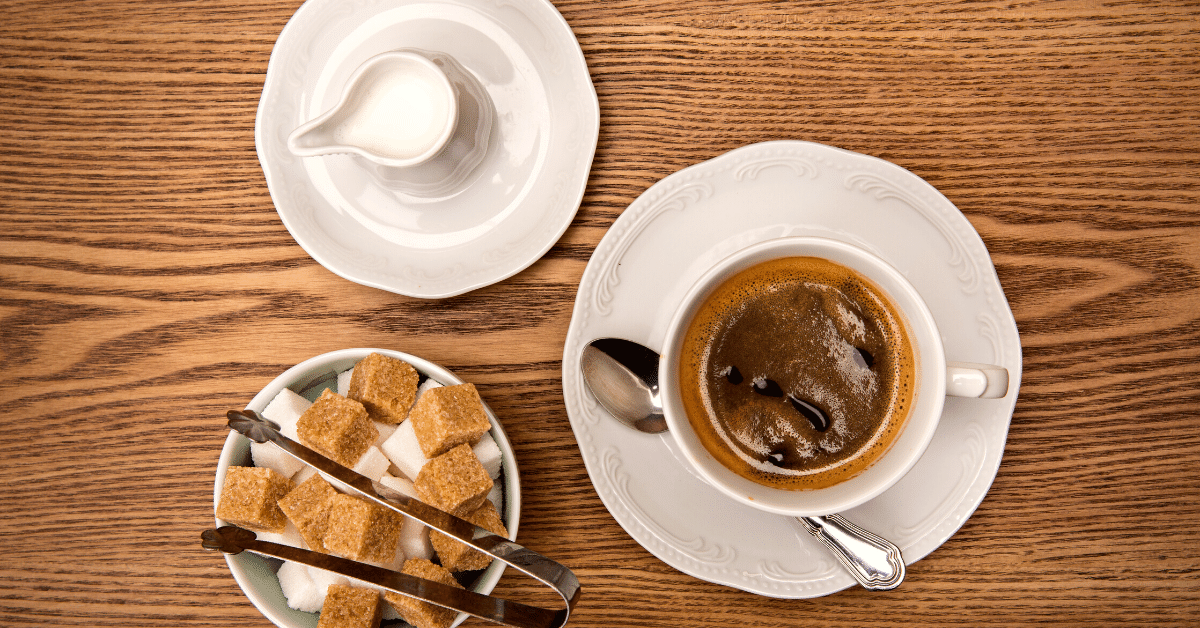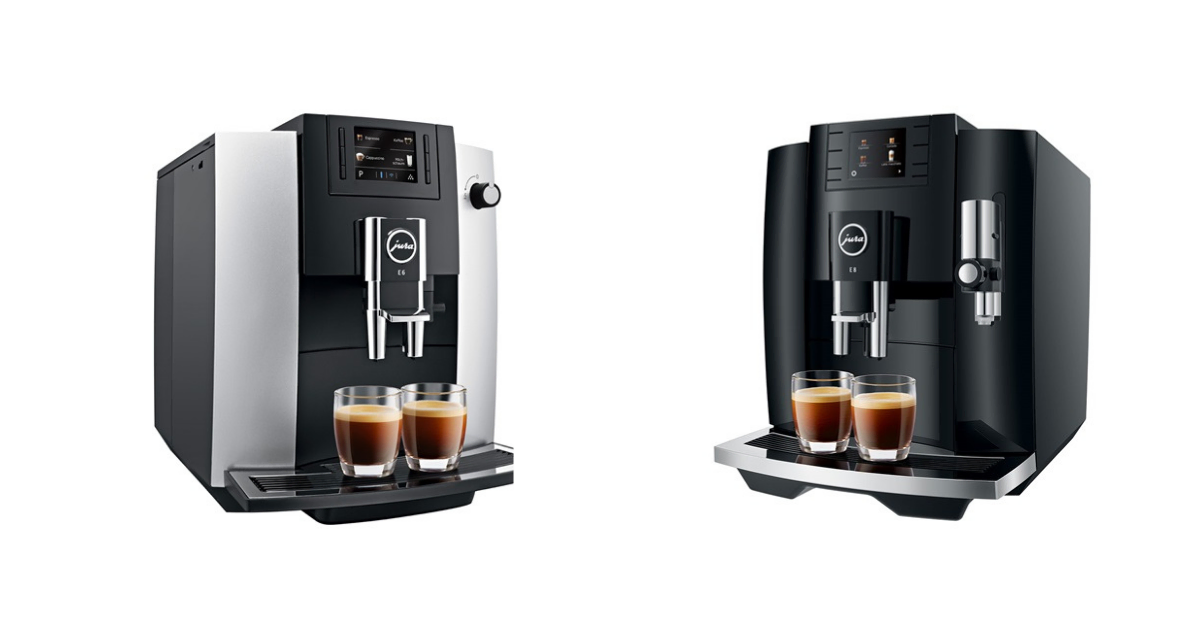Drumroll…
Yes – you most certainly can!
In fact, humans have been munching on coffee beans for centuries.
The effects are similar to drinking coffee – but amplified. So, both the benefits and the potential side effects are greater when you eat coffee beans.
In this article, I’ll tell you everything you need to know about eating coffee beans.
From the fantastic things it can do for your health, to the possible negative effects it can have and how to steer clear of them.
Ready to find out more?
Let’s get started!
How Eating Coffee Beans Can Benefit Your Health

Drinking a sensible amount of coffee has all kinds of amazing health benefits.
But did you know that eating roasted coffee beans can have the same effects?
Well, it can – and then some.
You see, when we brew coffee beans we mix them with water, which dilutes them. That means we only get a certain amount of all the antioxidants and other good stuff that’s in them in our brewed coffee. But, when we eat roasted coffee beans, we get it all.
So, what exactly can eating coffee beans do for your health?
Well, it can actually prolong your life, for starters. Studies have suggested that coffee reduces the risk of a plethora of illnesses including:
- Certain types of cancer
- Heart disease
- Stroke
- Liver disease
- Type 2 diabetes
- Alzheimer’s disease
- Parkinson’s disease
Part of the reason why is that coffee beans are chock-full of chlorogenic acid.
What’s that, you might be asking?
It’s a powerful antioxidant that does amazing things like:
- Lift your mood
- Improve cognitive function
- Boost metabolism, facilitating weight loss
- Fight bacterial infections
- Lower your blood pressure and blood sugar
And, last but most definitely not least – the caffeine content.
We all know coffee gives you a caffeine kick that can boost your energy, brighten up your mood, and help you stay focused and alert.
What you might not have known is that by eating coffee beans, the caffeine that’s found in them is absorbed quicker. Plus, you’re getting more of it, because it isn’t diluted.
So, how many coffee beans equals a cup of joe?
Well, it varies depending on the type of coffee, but a ballpark figure is around 5-8 beans.
The Possible Side Effects Of Eating Coffee Beans

Before you go thinking it’s all rainbows and unicorns, hold up just a second.
Of course, like all stimulants, coffee can also potentially have some unwanted side effects, too.
Especially if you go overboard and have too much. And, just like the benefits are amplified when you eat coffee beans instead of brewing them, the same goes for the negative effects.
So, what are some of the possible side effects?
Here are a few:
- Heartburn
- Bloating
- Nausea
- An upset tummy
- A laxative effect
- Sleep disturbance
- Stress and heightened anxiety
- Palpitations
- Increased risk of early labor and miscarriage
Another negative effect you may experience if you drink a lot of coffee every day is withdrawal if you skip a caffeine fix. Withdrawal symptoms might include a headache, tremors, anxiety, fatigue, and an inability to focus.
Doesn’t sound like much fun, does it?
To avoid these side effects, you should always keep your coffee consumption within reasonable limits. That goes for drinking your coffee and eating it alike.
Some Safety Precautions To Keep In Mind
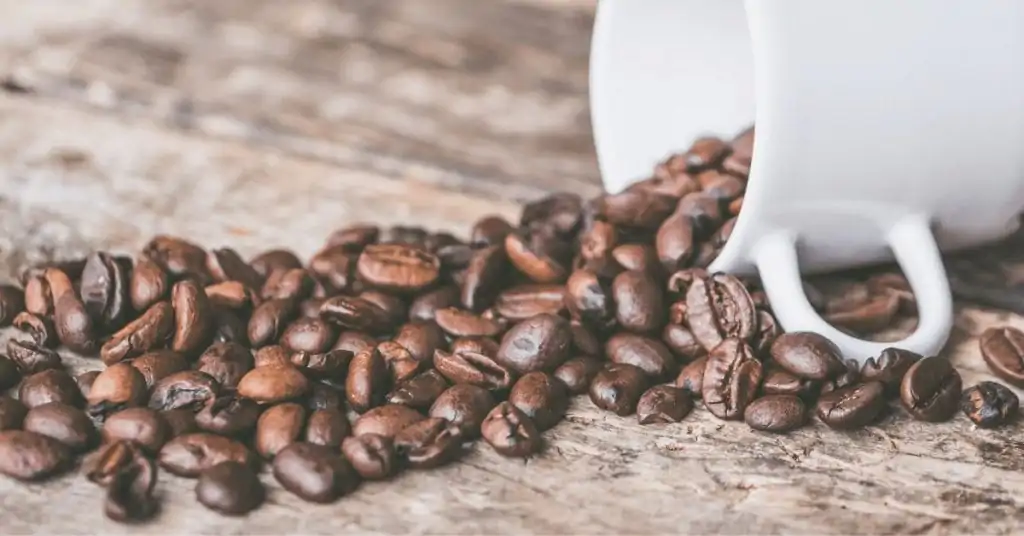
Just exactly how much is a safe amount of caffeine to consume on a daily basis?
According to the FDA, most people can drink up to 400 mg a day without experiencing any problems.
But they also advise you to keep in mind that this will vary from person to person. Some people are a lot more sensitive to caffeine than others. Plus, it takes longer for some people to metabolize it, while others can break it down faster.
What about if you’re pregnant, though?
The American Pregnancy Organization says that 200 mg of caffeine a day is the upper limit for pregnant women. That comes to around 1-2 cups of coffee, depending on the type of coffee bean.
But coffee isn’t the only thing we consume with substantial caffeine content. It’s important that you don’t forget to take soft drinks, tea, chocolate, and hot chocolate drinks into account as well.
Decaffeinated coffee is a good option if you’re a pregnant coffee lover who wants to drink lots of it, without getting too much caffeine.
The History Of Coffee Bean Eating
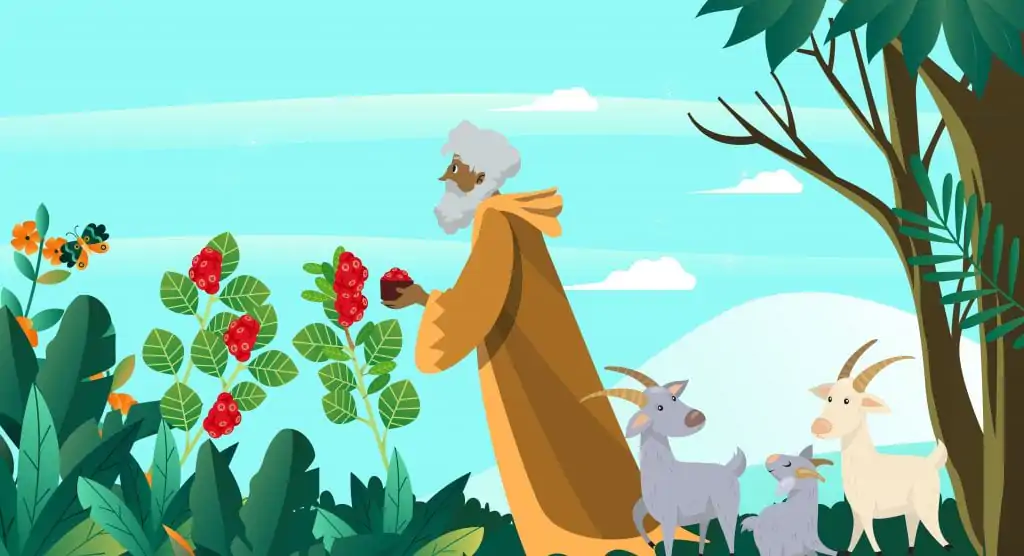
Long before anybody ever thought to brew coffee beans, people used to just eat them.
It’s widely believed that it all started with an Ethiopian goatherd named Kaldi. He observed his goats eating red berries, and noticed that they became more energetic. So, he decided to try them for himself.
As you’ve probably guessed by now, they were coffee berries, with coffee beans in the middle. (Coffee beans are the seeds of the coffee berry, in case you didn’t know.)
This is said to be the first time coffee was discovered by a human. You could say it’s the event that kicked off the history of coffee consumption all over the world.
After that, it became popular among Ethiopian hunters. They would snack on coffee beans during hunting expeditions to stay awake and alert. It also helped suppress their hunger, which is something that came in handy when they would track animals for several days at a time.
Other accounts suggest that people used to mix coffee beans with animal fat and eat the mixture to give them an energy boost. While that definitely doesn’t sound too appealing, I’m sure it worked like a charm.
Different Ways You Can Eat Coffee Beans
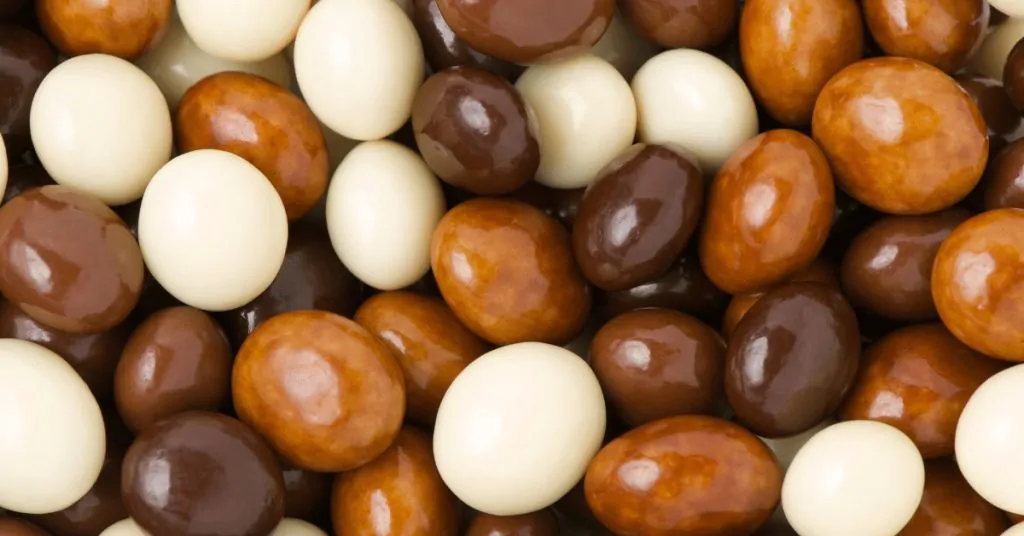
Thankfully, we’ve come a long way in the past few centuries, and we’ve come up with far more appealing ways to eat coffee beans than covering them in animal fat.
A few ways you might want to try out include:
- Just on their own, plain
- Chocolate covered espresso beans
- Dirty chai chocolate covered espresso beans (my personal favorite!)
- Coffee ice cream with chocolate covered espresso beans
- Espresso bark
Eating them on their own isn’t everyone’s cup of tea (or coffee). The taste can be quite strong, and the grindy, crunchy texture can be off putting to some.
That being said, many people enjoy crunching on roasted coffee beans all on their own.
I’m personally somewhere in the middle. I don’t hate them, but they’re definitely not my favorite snack.
Chocolate covered coffee beans, however – now there’s a snack I could go for any time, anywhere. Whether it’s dark chocolate, milk chocolate, or white chocolate, they’re absolutely delicious.
The sweetness of the chocolate complements and balances out the flavor of the coffee bean, and it softens the texture as well.
If you want to kick it up a notch, try making these dirty chai chocolate covered coffee beans. They’re a taste sensation. Just make sure you don’t overdo it – they can be addictive.
Espresso bark is another fun recipe that uses whole or coarsely chopped coffee beans. It’s basically a chocolate bar with coffee beans scattered through it. Yum!
Finally, if you’re obsessed with ice cream anywhere near as much as I am, you have to try coffee ice cream with chocolate covered beans. I mean, it’s coffee and ice cream – two of the best things in the whole entire world merged into one delicious treat.
It doesn’t get much better than that.
FAQ
Still got more questions?
Not to worry – I’ve still got a few things left to share with you.
To round things off, here are the answers to some of the most common questions people asked about coffee bean munching:
What do roasted coffee beans taste like?

The taste of a cup of coffee depends on the type of coffee bean it’s brewed from. So, it only makes sense that the taste of a coffee bean will vary depending on the type.
Basically, they taste like coffee, but quite a bit stronger and usually more bitter.
Some coffee beans will have pronounced fruity, citrusy notes. Others will have more floral tones in their flavor profile. Then, there are those with more of a spicy, earthy, sometimes even chocolatey aroma.
Generally speaking, coffee beans grown in Africa usually lean towards the fruity side. South American varieties tend to have more pronounced floral notes. And, coffee grown in tropical parts of Asia will often be characterized by earthy, spicy flavors.
How much caffeine is in coffee beans?
This depends on the type of coffee bean in question.
Robusta coffee beans contain more caffeine than the arabica bean variety.
But how much more, exactly?
About a third more, most of the time. The arabica coffee bean usually contains just under 2 mg of caffeine per bean, while the robusta bean will usually have almost 3 mg per bean.
Can you eat coffee beans raw?
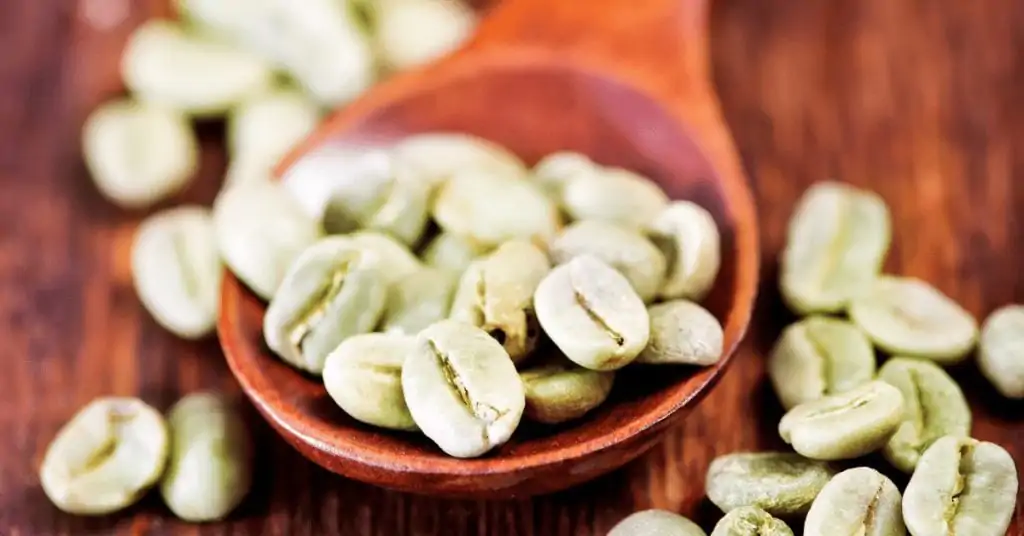
It’s safe to eat raw green coffee beans, but they’re not very good.
They’re difficult to chew and they don’t taste very good either. The bitter, earthy, woody taste is something I don’t think many people would find appetizing.
But if you’re inclined to do so, from a health standpoint, it’s perfectly fine to eat raw, unroasted coffee beans. Of course, in moderation, just like with any other form of coffee.
Is it safe to feed your pet coffee beans?
No – you should definitely never feed your cat or dog coffee beans.
Or any form of coffee, or anything else containing caffeine, for that matter. Caffeine is highly toxic to our furry friends, and ingesting it can put their life at risk.
So, make sure to always keep the coffee a safe distance away from your pets. The same goes for soft drinks, tea, energy drinks, and chocolate.
The Bottom Line
Coffee beans are definitely safe to eat in moderation.
There are lots of different ways you can enjoy them. Raw, roasted, on their own, coated in chocolate, and in ice cream, to name a few.
They can have tremendous health benefits when consumed in the right amounts. But, if you have too many, you can also get some pretty nasty side effects.
So, whether you’re drinking a freshly brewed cuppa, or munching on coffee beans as a snack, consume your coffee sensibly, in moderate amounts.
That way, it won’t harm your health, and you’ll get to reap all the wonderful benefits it offers.

